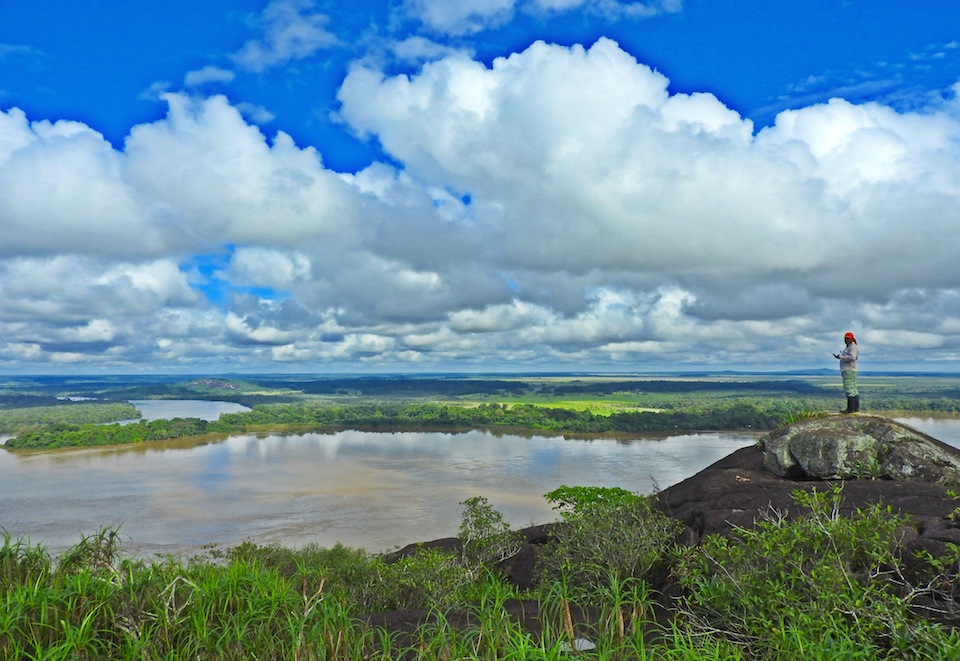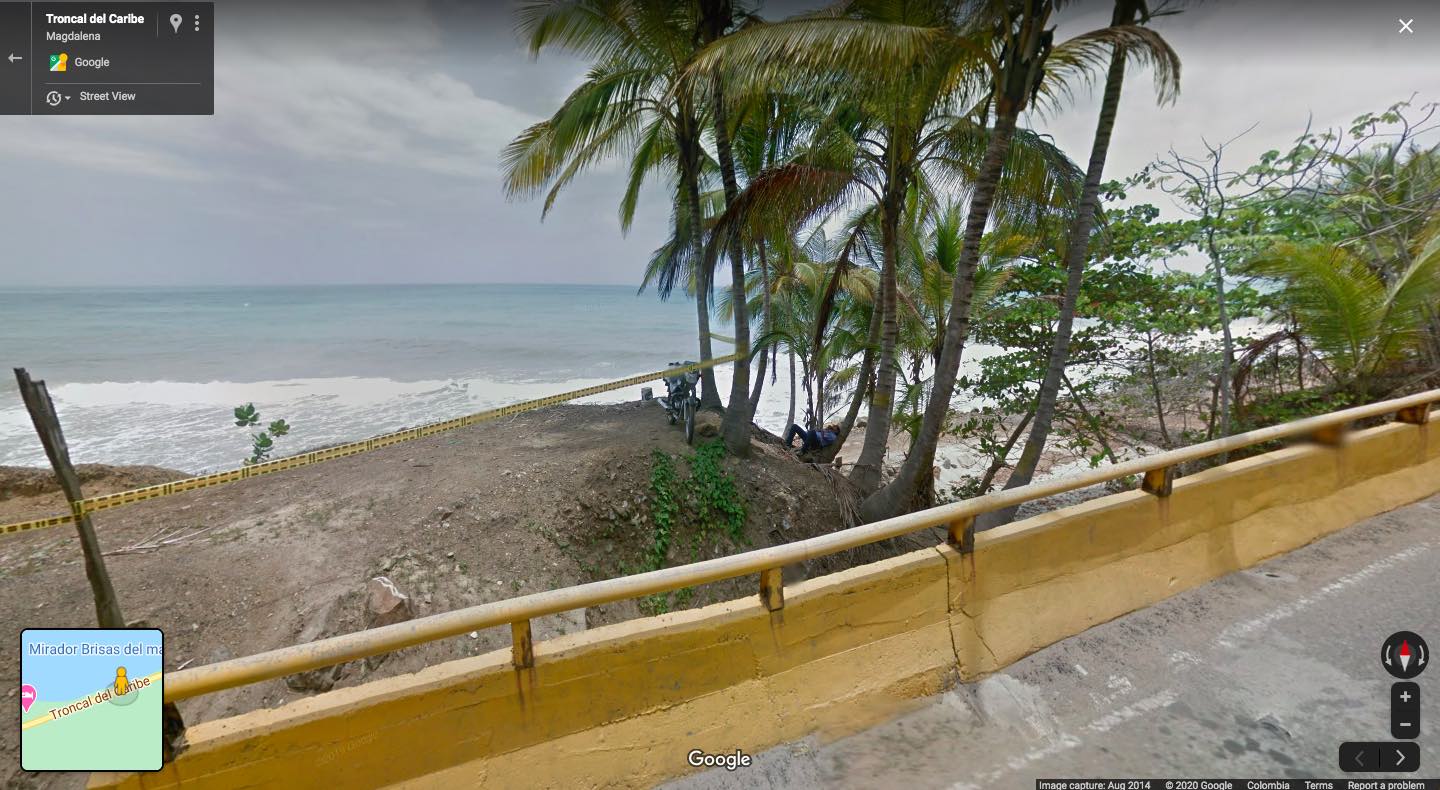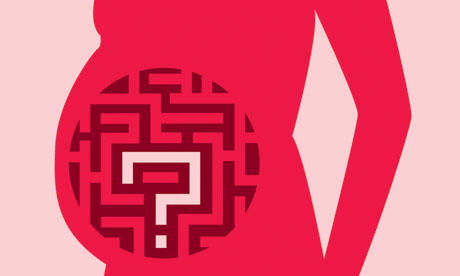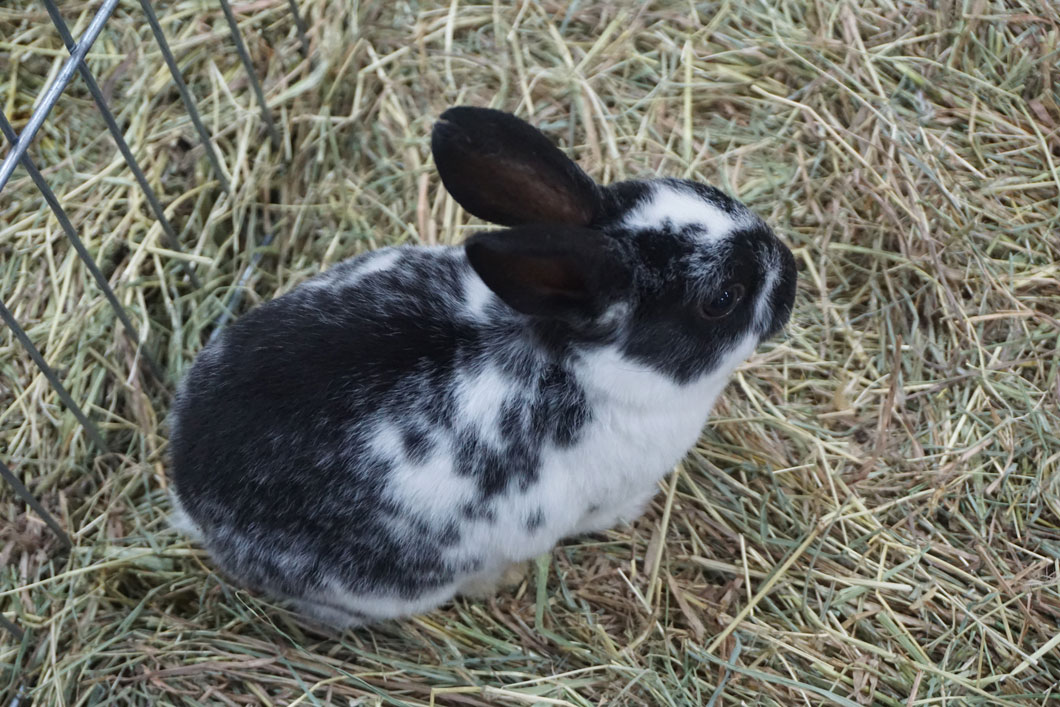
Our latest Colombia Connection takes a look at what brings together the Emerald Isle and the land of emeralds.
The Irish are certainly well known for travelling and setting up shop all around the world. Whilst this hasn’t been the case so much in Colombia, there are some notable exceptions. A considerable Irish contingent took up arms alongside Bolívar during the revolutionary wars, with two figures being particularly prominent.
Born in Dublin, while still under UK control, Colonel James Rooke commanded the volunteer foreign forces that played a vital part in securing independence from Spanish rule. This victory was not without a heavy price, though: Rooke was fatally wounded during the crucial Pantano de Vargas battle. The story goes that, on losing his left arm, he raised his right, and shouted “¡Viva la patria!” When asked if he meant Ireland or Colombia, he responded, “The country that’ll bury me.”
Cork-born aide-de-camp to Bolívar, Daniel Florence O’Leary was at least able to enjoy the fruits of the revolution. After refusing to follow Bolívar’s deathbed order to burn his personal documents, O’Leary spent much of his life organising El Libertador’s papers, alongside penning his own 34-volume memoir of the conflict. It wasn’t all work though: he also managed to produce nine children with the daughter of Venezuelan president Carlos Soublette. It’s said that the similarly fruitful activities of the other Irish soldiers who stayed behind after the wars might just be why redheads aren’t such a rare sight, at least around Boyacá.
Related: Colombia Connection: China, bring on the Earth Pig
A somewhat more divisive historical figure was Sir Roger Casement, who nevertheless played an essential part in the history of both countries. Casement’s investigations of the rubber trade in the Amazon uncovered shocking human rights abuses committed against Colombian and Peruvian indigenous peoples, and were key to ending these atrocities. It was for this work that Casement was awarded his knighthood. On returning back to western Europe, though, Casement’s sympathies for a free Ireland led him to broker German aid for an Irish uprising in the throes of the First World War. Executed for this involvement in the 1916 Easter Rising, he was an inspirational figure in Ireland’s fight for, and achievement of, independence a few years later.
Happy to talk about the bridges between Colombia and Ireland was Caroline Doherty de Novoa. The author of several books, including Dancing With Statues, a story of love and conflict set in Colombia and Ireland, also co-edited the 2015 book Was Gabo an Irishman? “Some people only understand Garcia Márquez’s work after coming to Colombia,” she explains, before going on to talk about how Irish people feel a more instant connection and understanding of his work. “There’s a tradition of mysticism and superstition in both countries, along with the significant influence of God and family,” Doherty de Novoa continues. “I think that the two countries have a shared outlook on life, which comes from a proximity to tragedy, and that makes the need for laughter all the more vital.”
Related: Colombia Connection: Mexico, Aztec Camera
Hoping to bring Colombia and Ireland’s shared outlook that much closer is the newly established Irish embassy in Bogotá. Having had an honorary consulate in operation for many years, 2019 is considered the right time for a resident Irish ambassador to be installed, as a Colombian embassy has also opened its doors in Dublin.
Not that this is ambassador Alison Milton’s first time in Colombia: 20 years ago, while living in Mexico, she had the opportunity to travel through the country. She was particularly impressed “by the warmth of the people, and the similarities between the two countries.” Ambassador Milton is keen to build on the support that the Irish government has given the peace process and human rights in the country, and stresses that she sees the relationship between the two countries as “a partnership of equals”. As part of this, she emphasises that there are plenty of areas in which Ireland is eager to learn from Colombia, particularly in terms of science and innovation.
While Colombia’s Irish community is still on a rather small scale, the number of younger backpackers keen to follow in the ambassador’s shoes is certainly on the up: Colombia welcomed 5,000 Irish tourists last year, and this figure looks set to grow as Colombia’s profile rises overseas.
Small it might be, but the Colombo-Irish community was in fine form on Sunday, March 17 as the first ever St Patrick’s Day parade was celebrated in Bogotá. Starting in Usaquén, the parade of over 300 people wound its way raucously down to the Zona T, accompanied by the drums, violins and pipes of some traditional Irish tunes. Pat Breen, Irish Minister for Trade and Business, who was in Bogotá to enjoy the festivities, described it all as a “very special day, which shows the great love for Ireland in Colombia.”
Watch out for Ireland as the guest country at this year’s Eurocine festival in May, where plenty more Irish culture will be on display, and let’s hope that there’s always space for a bit more green amongst Colombia’s rolling hills.





